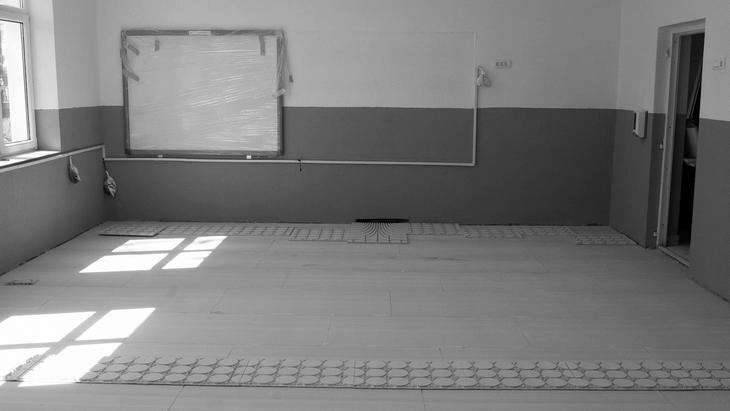Public authorities and institutions interested in participating in the Program for Increasing Energy Efficiency in Public Buildings will be allowed to apply for funding from 20 September. The computer application for creating user accounts and downloading the application form is available from today, September 15, informs the Administration of the Environmental Fund (AFM).
The program is addressed to the administrative-territorial units (commune, city, municipality, county, administrative-territorial subdivisions of Bucharest) and public institutions subordinated to / under the coordination of the deliberative authorities of the local public administration. All of these entities can benefit from funding to modernize and increase the energy efficiency of public buildings while contributing to improving the quality of the environment by reducing greenhouse gas emissions, as well as reducing annual primary energy consumption and promoting the use of renewable energy sources. energy.
The amount allocated to the first financing session is 1.4 billion lei, and the financing is granted in a maximum of 100% of the eligible expenses of an investment objective and within the limits of the amounts that can be granted for each category of applicants: 3,000,000 lei for communes with a population of up to 5,000 inhabitants inclusive; 6,000,000 lei for communes with a population of over 5,001 inhabitants; 8,000,000 lei for cities; 14,000,000 lei for county councils; 14,000,000 lei for the municipality of rank 0; 14,000,000 lei for first rank municipalities; 10,000,000 lei for second rank municipalities; 12,000,000 lei for the administrative-territorial subdivisions of Bucharest.
This program will finance energy efficiency measures, as well as “related measures that contribute to the implementation of the project for which funding is requested and that do not directly lead to increased energy efficiency, but include intervention works / activities related to energy investment. the base”. The basic works refer to
- thermal rehabilitation of building elements
- ensuring the thermal energy production system
- rehabilitation / modernization of lighting installations in buildings
- installation / rehabilitation / modernization works of air conditioning and / or mechanical ventilation systems to ensure indoor air quality
- integrated energy management systems for buildings and other measures that lead to the achievement of the project goal
- installation of energy-efficient alternative systems for the production of electricity and / or heat, “such as installations with thermal and / or hybrid solar panels, installations with photovoltaic solar panels, micro-plants operating by high-efficiency cogeneration, heat pumps, power plants biomass, biomass cogeneration plants, ground-to-air heat exchangers, heat recuperators, installations for the production of energy from geothermal sources, wind turbines”
At this point, the Financing Guide states that “energy production systems using renewable sources can be installed, according to the technical solution, on or near the building, provided that they are located on the land and building located in the public property / administration of the applicant”. In addition, “energy sources (energy production facility / capacity) are dimensioned to produce the energy needed only to cover the annual energy needs of the public building of the project, without specifically pursuing energy delivery in national networks. If the use of equipment for the production of electricity necessary for own consumption results in a surplus, it may be delivered to the national energy system, in compliance with the relevant legislation, subject to the non-marketing of that surplus under free / competitive market conditions. Otherwise, the financial support granted under this program may constitute State aid, and the competent authorities may proceed to recover the amounts financed.”
The beneficiary must submit to the AFM a monitoring report, annually, for the entire period subject to monitoring. Each report will present the difference between the initial primary energy consumption of the building and the final primary energy consumed during the reporting period.
